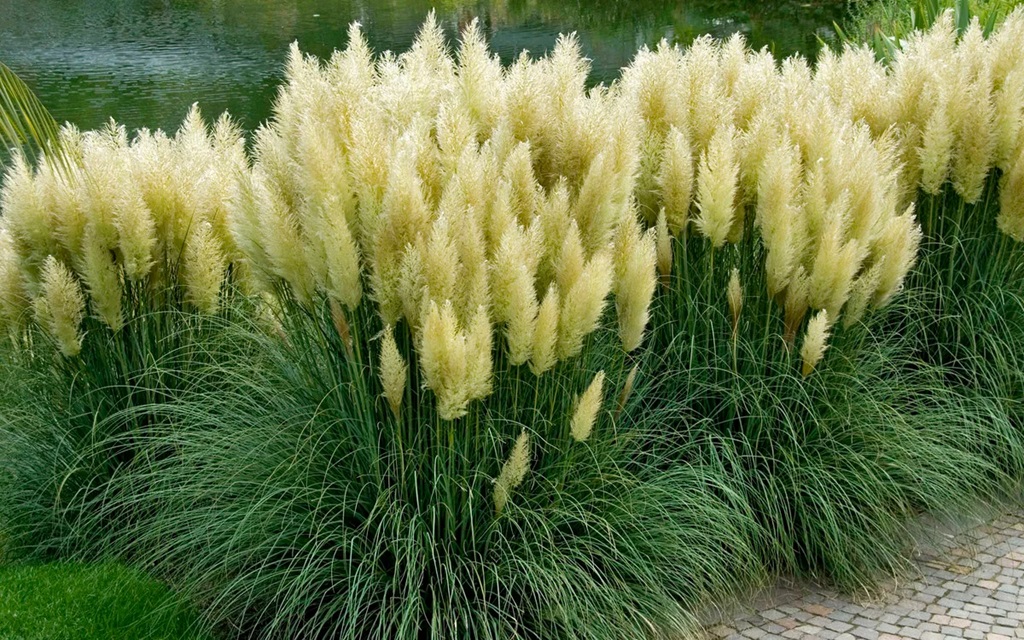Whatever the season, we are not immune to heavy rain, strong winds, or even hailstones. This bad weather can cause damage to plantations and the garden.
Consider taking the right actions now, such as protecting certain plants that you can shelter while the rain passes. Some fruits and vegetables such as tomatoes, eggplants or peppers can not stand the temperature change and rain so do not hesitate to dig into our tips to preserve them.
Place the planters undercover
Some plants or flowers are poorly resistant to heavy rain. For fear of damaging them, you can unhook some of your planters and place them in the shelter as the rain passes. Do not necessarily place them indoors, but at least under a covered part of your garden.
Preserve the flowers
With heavy rain, some flowers in your garden can be damaged and their stems are broken. Several precautions must be taken: remember to install stakes so that the rods remain in place. Also, provide another shelter system for some slightly more fragile flowers.
Protect the most fragile plants
When it rains a lot, also consider protecting your vegetable patch. Under these climatic conditions, young seedlings have difficulty germinating, the most fragile plants can be damaged. Remember to protect sensitive seedlings (basil, zucchini, melons …) under glass or plastic bells. You can also choose to force cones similar to bells but with an opening at the top that allows ventilation.
Remember to place some vegetables under a tarp or net
It is definitely the protection of summer for your plantations in case of heavy rain. The tarp or the net (anti-hail) is essential to protect fruits and vegetables but also fruit trees so as not to damage future crops. Remember to remove them when the sun returns!
Watch out for rainy and cool nights!
Even in summer, we are not immune to cool nights (besides being rainy)! For this, think of plastic covers to protect your plantations from the cold. A little tip: perforate the covers to avoid excessive condensation.
Beware of mildew!
In rainy weather, the risk of mildew increases. It is a disease that mainly affects vines, potatoes, and tomatoes. Brownish spots form on the leaves and eventually fall off. To do this, attach raised frames to the posts at height to prevent the tomatoes or other fruits and vegetables from being wet.
Put up windbreak hedges!
To compensate for wind damage, install windbreak hedges. They will reduce its effect.
Prune the trees
Trees eaten away by pests should be pruned. In the same way, branches that are too long and badly positioned must be cut. Indeed, during a thunderstorm, the tree or the branches could break and damage something.
You may like to read- http://www.lsdaynursery.com/








